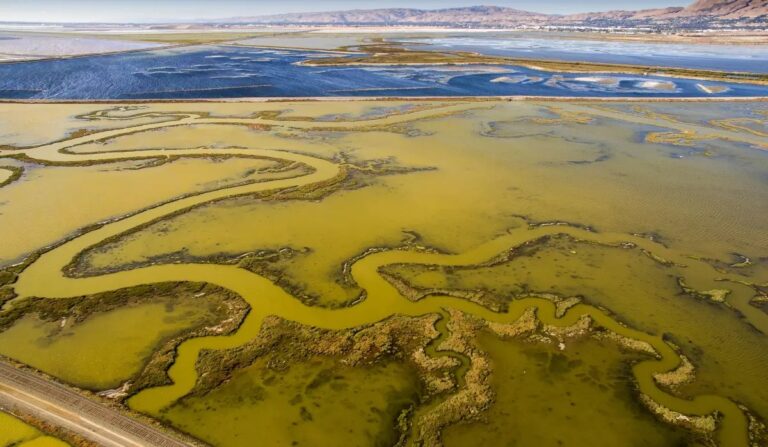Wildlife and people benefit from ongoing restoration
Twenty years after a complex, multi-partner effort began to restore south San Francisco Bay and boost its resilience to climate change , some benefits to wildlife and people are growing easier see.
Tidal flow has returned to more than 3,000 marsh acres — some of them visible from new trails and overlooks. Migratory waterbirds such as northern shovelers and canvasbacks are thriving in native pickleweed and cordgrasss. Public recreation access is improving.
That’s welcome news at Don Edwards San Francisco Bay National Wildlife Refuge, a peerless natural resource in this region of 8 million people and the largest landholder along the bay’s edge. The refuge is managed by the U.S. Fish and Wildlife Service — a key player in South Bay Salt Pond Restoration Project, returning salt ponds to marshlands. Two of three project sites are in the refuge; the other is a state ecological reserve. Together they account for the West Coast’s largest tidal wetland restoration.
That’s a source of considerable pride for Matt Brown, manager of the San Francisco Bay National Wildlife Refuge Complex. The complex covers seven refuges including San Francisco Bay Refuge.
“We’re creating habitat for some endangered species that are only found in San Francisco Bay — like the Ridgway’s rail [a rust-colored shorebird] and the salt marsh harvest mouse,” says Brown.
“We are opening miles of new trails to people who don’t have a lot of access to open space in this super-urban environment — these beautiful trails that go along the coast and into the marshes and give people a place of solitude and wonder. The restoration also helps protect communities against sea-level rise.”
How It Began
The plan to return 15,000 acres of industrial salt ponds on the South Bay to tidal marsh dates from 2003, when the late Senator Dianne Feinstein helped negotiate their purchase from agribusiness giant Cargill. Restoring the marsh was also meant to improve recreation access and reduce flood risk.
And none too soon.
A century and a half of urban development, pollution and habitat destruction had depleted bay habitat, “eliminating more than 90 percent of shoreline wetlands and 40 percent of the total San Francisco Bay aquatic ecosystem,” according to the Environmental Protection Agency. The loss of ecologically sensitive marshlands also meant the loss of natural storm buffers.
South Bay – directly affected by that loss — is home to some of the […]
Full article: mavensnotebook.com

